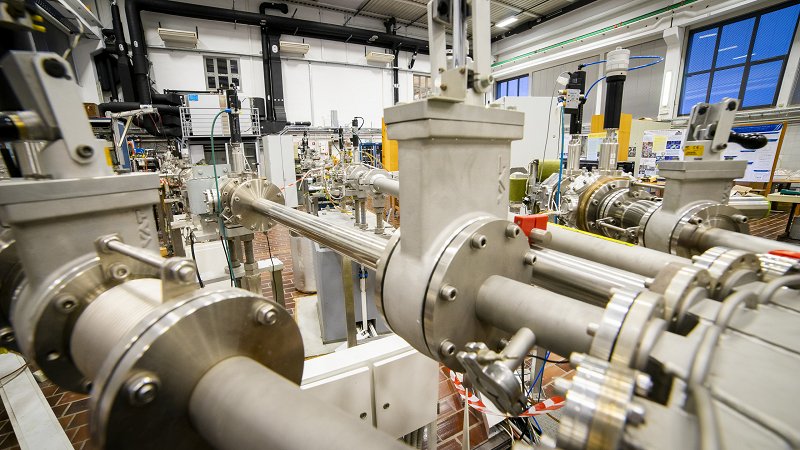Study of the influence of hydrogen and helium on the formation and development of defects in the crystal lattice and their influence on the retention of hydrogen isotopes in tungsten by the development of new analytical techniques on the ion accelerator.

Hydrogen interaction with materials plays a crucial role in fusion research as the tritium inventory (radioactive hydrogen isotope) inside a future reactor needs to be kept below specific limits for safe and fuel-efficient operation. It was discovered that neutron irradiation (14 MeV neutrons produced from the fusion reaction) will increase hydrogen isotope retention, and slow down its transport. To predict hydrogen-isotope transport and retention in plasma-facing materials reliably, a macroscopic understanding is necessary. The candidate would develop a new analysis technique in an existing set up that would allow to detection of defects and the amount of hydrogen trapped in the defects. With the developed technique the candidate would study influence of hydrogen and helium on the formation and development of defects in the crystal lattice and their influence on the retention of hydrogen isotopes in tungsten. The work would comprise of experiment and modelling.
Pečovnik, M., Hodille, E.A., Schwarz-Selinger, T., Grisolia, C., Markelj, S., 2020. New rate equation model to describe the stabilization of displacement damage by hydrogen atoms during ion irradiation in tungsten. Nucl. Fusion 60, 036024. link
Markelj, S., Schwarz-Selinger, T., Pečovnik, M., Založnik, A., Kelemen, M., Čadež, I., Bauer, J., Pelicon, P., Chromiński, W., Ciupinski, L., 2019. Displacement damage stabilization by hydrogen presence under simultaneous W ion damage and D ion exposure. Nucl. Fusion 59, 086050. link
Markelj, S., Založnik, A., Schwarz-Selinger, T., Ogorodnikova, O.V., Vavpetič, P., Pelicon, P., Čadež, I., 2016. In situ NRA study of hydrogen isotope exchange in self-ion damaged tungsten exposed to neutral atoms. Journal of Nuclear Materials 469, 133–144. link